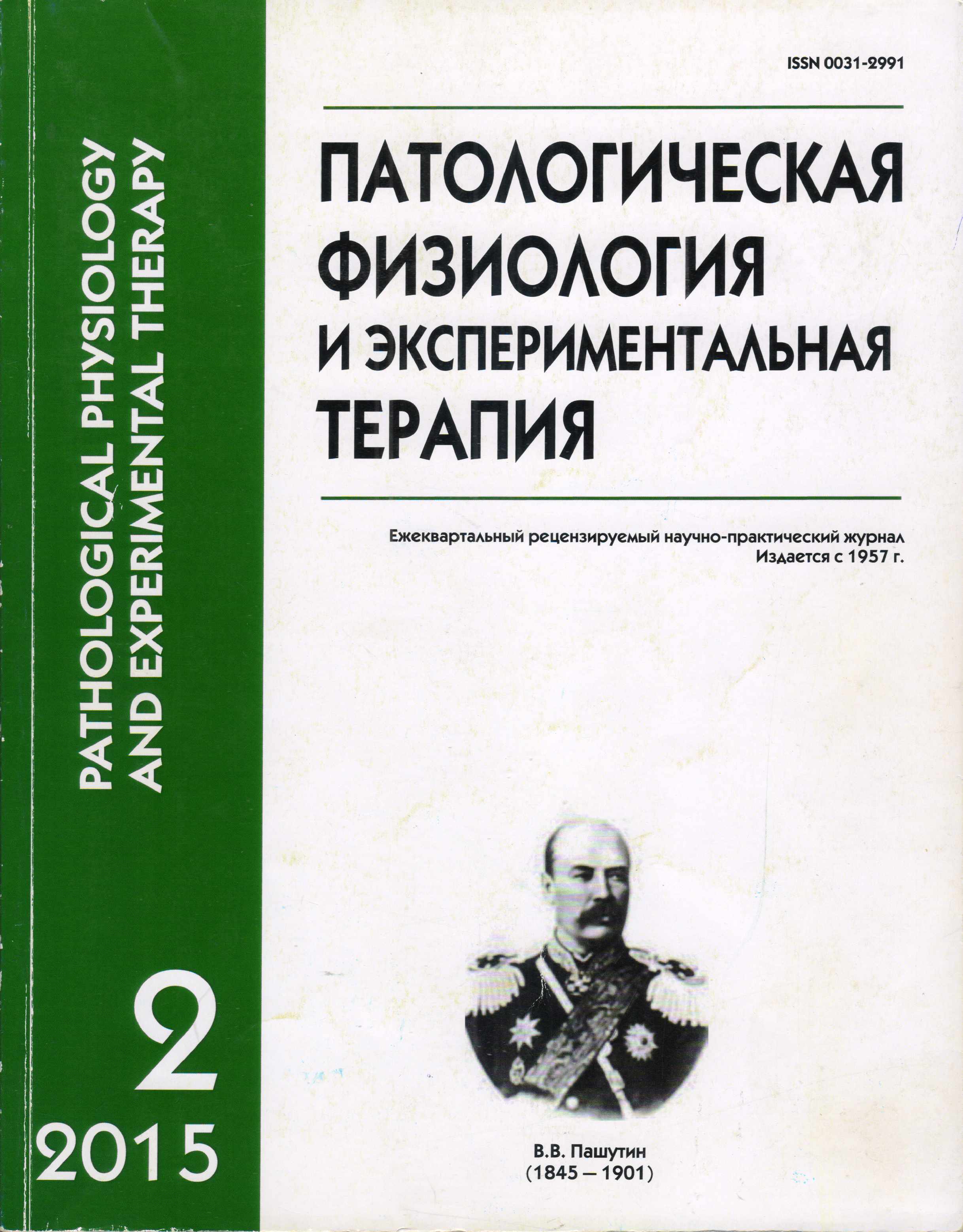Dynamics of osteogenesis associated with inoculation of autologous stromal cells from rat adipose tissue (experimental-morphological study)
Keywords:
adipose-derived stromal cells (ADSCs), bone autograft, osteogenesis induction, bone tissue hyperplasia, Hayflick—Moorhead effect
Abstract
Experiment was evaluated on 40 male Wistar rats. On the experimental model of mandible injury, bone autologous graft from tibia was placed on the surface of mandible (host bone). In the main experimental group, consisting of 20 animals, autologous rat adipose-derived stromal cells (ADSCs) were inoculated in space between autograph and host bones. ADSCs were not inoculated in the group of comparison. In experimental group with inoculated cells, the formation of a new fibroreticular bone structures in space between autograph and host bone was observed. These structures further underwent secondary reorganization and differentiation during the process of remodeling. As a result of the conducted study it was shown that in the experimental group by the day 180, statistically significant reduction of the area occupied by an immature fibroreticular bone took place. The reported phenomenon could be explained as a result of decline of the number of active cells in the population of inoculated ADSC, which is in consent with theory of limited cell division number due to telomeres shortening, described by Hayflick L. and Moorhead P.S. (1961).Downloads
Download data is not yet available.
Published
09-07-2015
How to Cite
Grigoryan A. S., Orlov A. A., Saburina I. N., Zurina I. M., Sysoev S. D. Dynamics of osteogenesis associated with inoculation of autologous stromal cells from rat adipose tissue (experimental-morphological study) // Patologicheskaya Fiziologiya i Eksperimental’naya Terapiya (Pathological physiology and experimental therapy). 2015. VOL. 59. № 2. PP. 4–11.
Issue
Section
Original research






